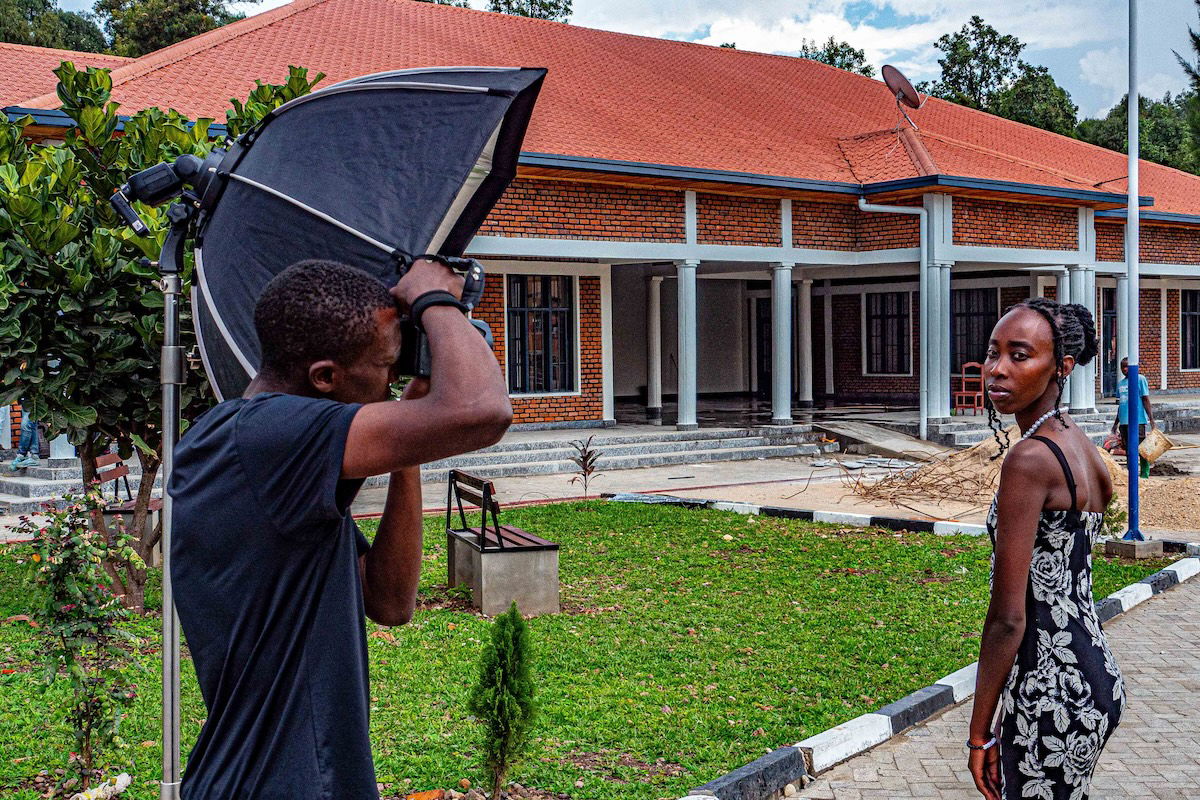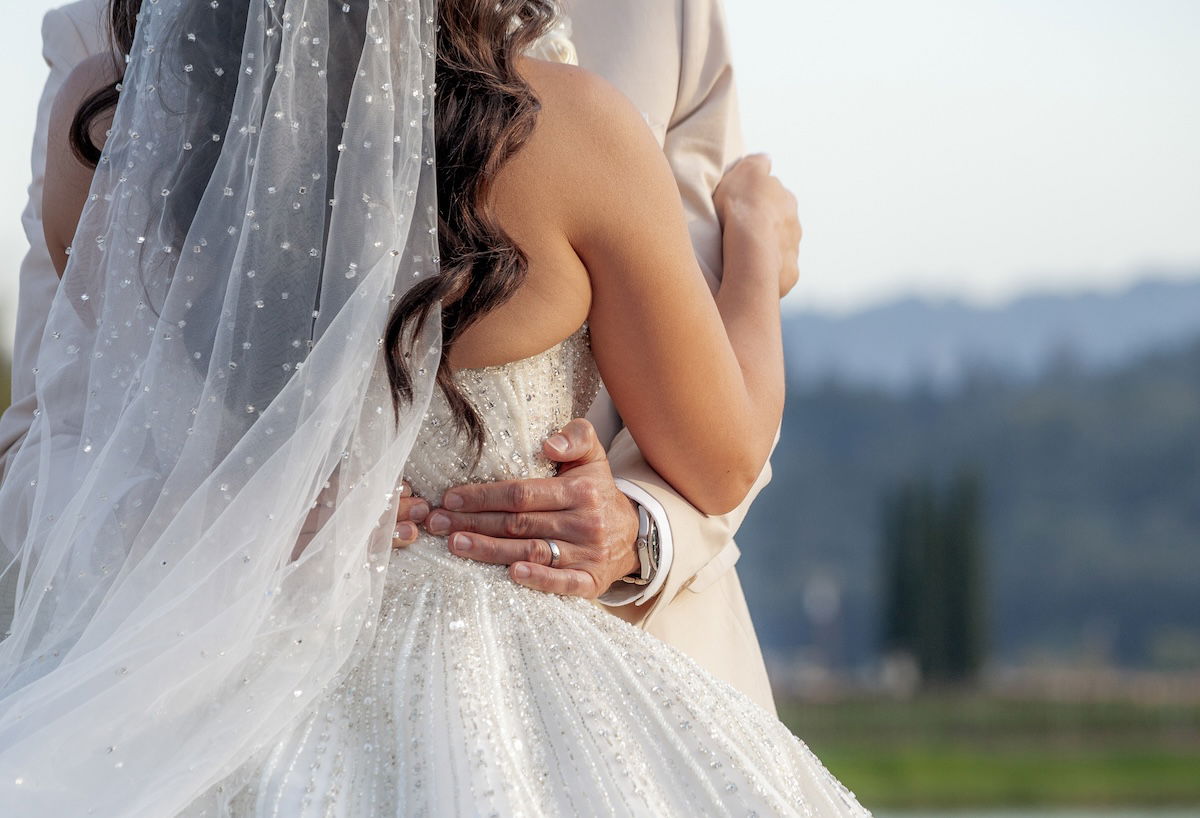As a photographer, you should know your rights and set the terms of any photography job in writing. This is where your photography contract comes in. We want to trust all our clients. But sometimes, misunderstandings happen, and things can get messy.
Here at ExpertPhotography, we can’t stress enough how important contracts for photographers are. Read on for all the help you need in covering all your bases.
There are several reasons to have a legal contract for your clients. First, of course, are the misunderstandings that we already mentioned. Usually, these are honest mistakes, but they can still cause headaches and profit loss.
Contracts also set the stage for a legitimate and professional business transaction. Your clients will take the process more seriously. And they’ll know that there are clear terms and consequences. It also solidifies your image as a business owner if you have a set process for them to go through.
Finally, having a photography contract strengthens the trust between you and the client. There are no surprises, and the client knows exactly what to expect!
So, now that you know why you need a photography contract in your business, what should those documents say? It’s hard to know where to begin if you don’t know what photography contracts look like.
Using a template or having a lawyer draw one up is best. Plenty of free contract templates are online, including at the end of our article. But be aware that any photographer’s contract template found online will need some tweaking.
These free photography contract templates can be a good starting point. This is especially true if you don’t have the funds to hire a lawyer to create your photography contracts.
As soon as you can invest in a lawyer’s time, though, I recommend you do so. A lawyer reviewing your photography contracts will ensure that it’s legally binding. This could help your defense in court, should that day ever come. (We hope it doesn’t!)
We have articles and templates outlining contracts for wedding and real estate photography.

You can edit a free template or create your own photography contract template. You can also use a professional, ready-to-use photography contract template with the help of a website like JotForm. Whichever option you choose, here are 10 details you should include in a contract with any client.
This may seem obvious. But having a full name and contact information for both parties is crucial. We live in an age where people make arrangements via text or private messages on Instagram.
A full name and address are necessary if anything happens and you need to reach your client for legal purposes. Likewise, this clarifies if you’re signing as a business entity versus an individual.
This applies to those who have structured their photography business as something other than a sole proprietorship. It could be something like an LLC or S-Corp.
Having a start date for the contract lets both parties know when terms and the timeline begin. Some photography agreements are for one-time jobs. Show the photoshoot date (if applicable), start time, and location. This clarifies the terms and expectations.

This is the meat of the photography contract. It summarizes what each side will deliver. Include the financial total for the client here, as well as what you’ll deliver in exchange for that payment.
This is also an ideal spot to go into the date, time, and location for a one-time job in more detail. You may not be able to include these details for an ongoing project with a general-terms photography contract. Each photoshoot will be a bit different.
Here is where you can let your clients know when and how they can cancel the contract if needed. And what fees they should expect if they do so. And don’t forget to also mention what you’re responsible for (if anything) should your client cancel.
For example, do they make a deposit and then get part of that returned? Or is that a non-refundable retainer? Can they use a retainer for a canceled photoshoot for a future date to any extent? Think of possible scenarios that can happen to make sure you’ve covered all your bases.

With deposits and retainers, break down how and when you expect payment. In most cases, a retainer of some kind is standard upon booking. Several payments may be made at different points in the process for large jobs.
Also, don’t forget to mention what happens if payments bounce or are not made on time. This will save you from misunderstandings or delays.
This is a very important section because it could have a huge impact in the future if a dispute arises. You will want to retain copyright and grant your client use rights. This means you own the photo, but they have your permission to use it.
You can grant use rights for a fixed amount of time (like typical with commercial jobs) or for life. For personal photos, use rights are for life. This includes weddings, boudoir photoshoots, portraits, family photos, etc. That’s because your clients aren’t using the photos to make money.
Sometimes, a client wants to use the photos for an ad campaign or a product. That’s when you want to get more detailed about their rights and how long they have them. Ultimately, you decide what you’re comfortable doing and giving in exchange for payment.

You need property and model release forms to show the photos to the public. This is especially crucial in our culture driven by social media and online branding! Some photographers charge an additional fee if the client does not agree to sign a release.
A property release shows private property, such as a home or pet. Yes, pets are property in this case. A model release involves permission to use a person’s image. And you need a release for each person shown.
A general photography contract may not house model release forms. But a portrait photographer contract would. The former is sometimes more documentary style. The latter is generally more for editorial uses.
Open communication is key. Tell your clients where you plan on using the images. It helps you build trust with them. And in most cases, I’ve found that clients are happy to oblige!
This section talks about what happens in case of damages. Or it outlines the inability to perform a job due to issues beyond your control. This can include circumstances like injury, illness, acts of God, or digital files getting lost.
This section talks about what you agree to do in these cases and what the client can expect to receive. Often, this involves returning a retainer to the client. Or it could be agreeing to find a suitable photographer if a last-minute replacement is needed.

This circles back to the general topic of use rights. It touches on how clients can use your images and if they can apply any further edits to them.
Most photographers will want total control over the look of the final photos. It’s a direct reflection of your brand. Further editing of photos delivered is often not permitted.
This section would also mention the type of edits you include in your services. For example, you may do color balancing and basic edits. But major manipulations may be an extra fee. This would include subject replacements or removing items in the background.
You should include a section or more about any possible extra fees. Add these to the amount quoted for services that go above and beyond your typical ones.
This could be travel fees or major manipulations in editing. Permit fees for photoshoot locations count here as well. You can also mention extended shoot times and late or bounced payments. You’ll encounter situations that may convince you to add more to your legal contracts.
Each niche photography market has different needs, and each business has unique needs. With this list as a guideline, though, you’ll cover your bases.

As with any legal documents, be sure to consult with a lawyer as soon as you can. That way, you can be sure the wording is legally binding should any legal problems arise.
As with any document, don’t forget those signatures before you begin a project. And, as with any legal document, we advise you to run it past your lawyer first! We’ve compiled some free photography contract samples you can download and use for inspiration:
You can also download our cheat sheet for what you must include in a photography contract.
Want more information on the business side of photography? Check out our articles on making money from real estate and stock photography. Or look at one of our business eBooks or courses!